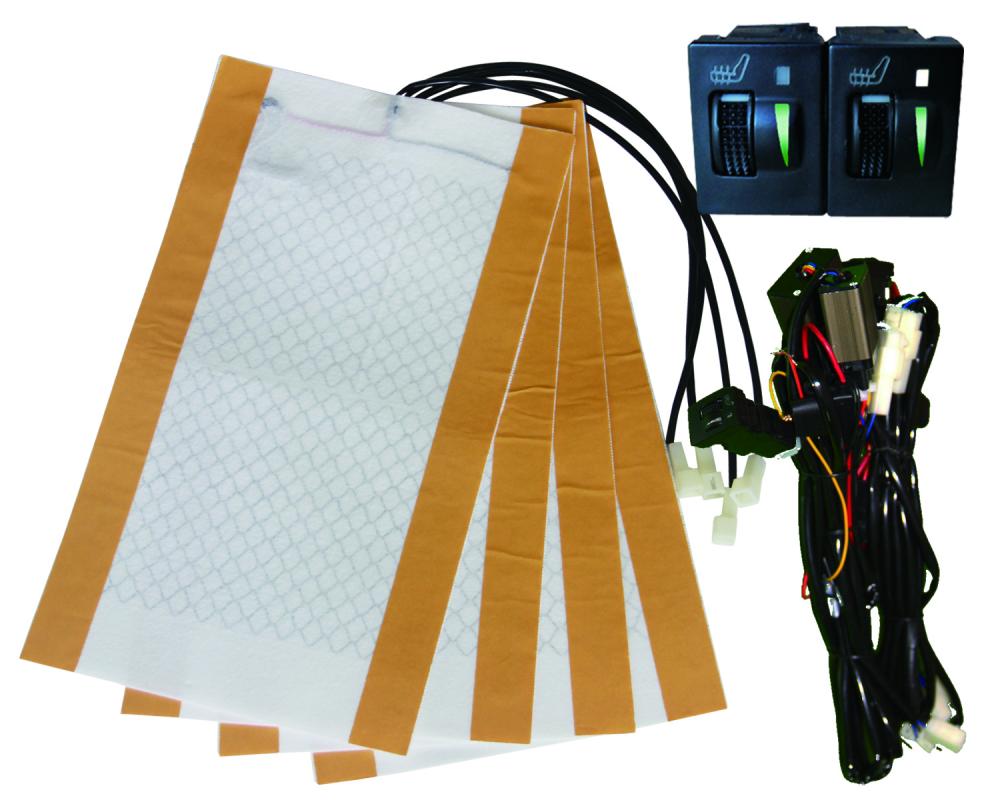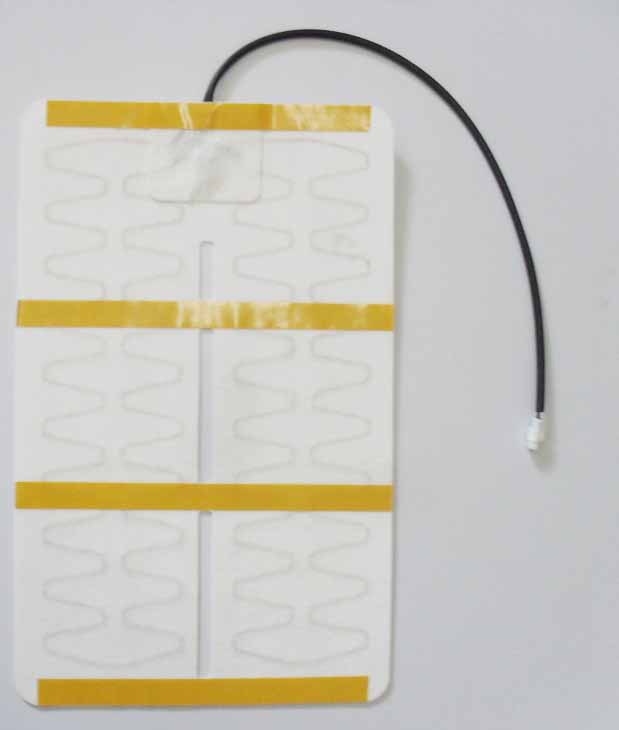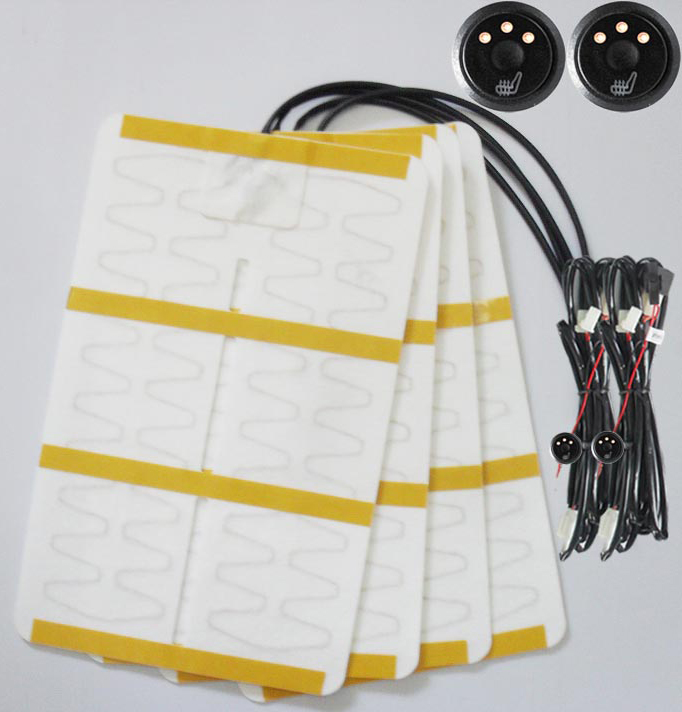The power electronics device consists of two parts, a conversion part and a control part. The former belongs to the category of power flow and strong electricity, and the latter belongs to the category of weak current of information flow. In general, the former is the main electromagnetic interference source, and the latter is the interfered object. In order to make the power electronic equipment operate reliably, in addition to solving the electrical isolation between the conversion part and the control part, the problem of anti-electromagnetic interference of the control part is also solved, especially when the conversion part is in high voltage, high current, high frequency conversion. This is especially important. The anti-interference problem is essentially to solve the electromagnetic compatibility problem of power electronic equipment.
Isolation technology is one of the important technologies in electromagnetic compatibility. The isolation technology in electromagnetic compatibility is divided into several isolation methods such as magnetoelectric, photoelectric, electromechanical, acoustic and floating.
2 magnetoelectric isolation technology
2.1 The basic principle of using magnetic transformer to realize magnetoelectric isolation
The transformer consists essentially of two or more windings wound around a common core. When an alternating voltage is applied to one winding, an alternating voltage is induced on the other windings due to electromagnetic induction. Therefore, several windings of the transformer are interconnected by an alternating magnetic field and are isolated from each other on the circuit. The dielectric strength of its isolation depends on the insulation strength between several windings and their grounding.
2.2 Characteristics of an ideal transformer
The ideal transformer assumes that the resistance of the transformer winding is zero; the leakage flux of the transformer is zero; the loss of the core is zero and the magnetic permeability of the core is infinite.
2.2.1 Voltage relationship
E1=4.44fN1Φm (1)
E1/E2=U1/U2=N1/N2=n (2)
Where: E1 - the induced potential of the primary side of the transformer;
E2——the induced potential of the secondary side of the transformer;
U1 - the voltage of the primary side of the transformer;
U2 - the voltage on the secondary side of the transformer;
N1——the number of turns of the primary winding of the transformer;
N2——the number of turns of the secondary winding of the transformer;
F——the frequency of the primary voltage of the transformer;
Φm——the peak value of the magnetic flux in the transformer core;
n——The turns ratio of the primary and secondary windings of the transformer.
2.2.2 Current relationship
I1/I2=N2/N1=1/n (3)
Where: I1 - the current of the primary side of the transformer;
I2 - the current on the secondary side of the transformer.
2.2.3 Power relationship
P1=P2=U1I1=U2I2 (4)
Where: P1 - the input power of the primary side of the transformer;
P2 - the output power of the secondary side of the transformer.
2.2.4 Impedance relationship
The impedance of the secondary side is:
Z2=U2/I2 (5)
The impedance of the primary side is:
Z1=U1/I1=n2U2/I2=n2Z2 (6)
Where: Z1 - the impedance of the primary side of the transformer;
Z2 - the impedance of the secondary side of the transformer.
2.3 actual transformer
2.3.1 Magnetic permeability of the core
Since the magnetic permeability of the actual transformer core is not infinite, the transformer has an exciting current at no load. If the performance of the core material is not good, the ratio of the excitation current to the input current of the primary side of the transformer will increase, and the output current of the secondary side of the transformer will decrease.
Since the magnetic permeability of the actual transformer core is not constant, it will cause distortion of the output waveform. In particular, when the core is saturated, the magnetic permeability of the core is greatly reduced, causing a rapid increase in the exciting current, which may cause the transformer to burn out.
2.3.2 Core loss
Due to the eddy current loss and hysteresis loss of the actual transformer core, these losses not only lead to a decrease in the efficiency of the transformer, but also cause the core to generate heat and may even cause insulation damage. Since the eddy current loss and hysteresis loss of the core are related to voltage and frequency, different core materials should be selected for different voltages and frequencies.
2.3.3 Winding resistance exists
Since the winding of the actual transformer has resistance, the winding will inevitably generate heat loss when the transformer is working. Especially when the operating frequency is high, the skin effect will increase the winding resistance and increase the heat loss.
Due to the poor heat dissipation conditions of the actual transformer windings, attention should be paid to the heat dissipation of the transformer and the selection of the current density of the winding conductors.
2.3.4 Magnetic flux leakage in the transformer
The leakage magnetic flux of the transformer easily interferes with the components and wires near the transformer. For this reason, when the transformer is selected for isolation, the transformer with small magnetic leakage should be selected. Otherwise, the transformer should be strengthened to shield the magnetic field.2.3.5 Parasitic capacitance between the primary and secondary sides of the transformer
Due to the parasitic capacitance between the primary and secondary sides of the power transformer, the high-frequency interference entering the primary side of the power transformer can be coupled to the secondary side through the parasitic capacitance. After the electrostatic shielding is added between the original and secondary sides of the power transformer, a new distributed capacitance is formed between the shield and the winding. When the shield is grounded, the high frequency interference can be led back to the ground through the new distributed capacitor. Anti-electromagnetic interference.
2.3.6 Insulation strength between several windings and to ground
The dielectric strength between the windings and to the ground depends on the level of withstand voltage that needs to be isolated. This withstand voltage level includes operating voltage, voltage fluctuations, possible transient overvoltages, and margins reserved for reliable operation.
2.3.7 Working frequency
The operating frequency not only affects the core loss of the transformer, but the impedance of the transformer is closely related to the frequency. For example, the impedance of the inductor L is proportional to the frequency, and the impedance of the capacitor C is inversely proportional to the frequency.
Since magnetoelectric isolation is achieved by a transformer, when the parasitic capacitance between the transformer windings is large, it should be matched with the shielding and grounding techniques.
2.4 Types and applications of transformers
2.4.1 Ordinary transformer
Ordinary transformers are only used as general power transformers in power frequency applications, converting a certain level of voltage and current into another level of voltage and current. Since no special measures are taken, the high-frequency circuit isolation effect is poor.
2.4.2 Isolation transformer
Since the parasitic capacitance between the common transformer windings is large (nf level is not added, the shielding is pF level), in order to improve the isolation effect on high frequency interference, a layer of shielding can be added between the common transformer windings, and the Layer shield grounding (the length of the grounding wire should be as short as possible, otherwise the attenuation of the interference will be degraded due to the impedance division of the grounding wire) and become an isolation transformer. Figure 1 shows the attenuation of interference for a typical single shield isolation transformer.
Figure 1. Typical interference attenuation capability of a single shield isolation transformer
If on the above basis, a separate shield is added to each winding of the transformer, and the shielding of each winding is respectively connected to the low potential of each winding, the isolation effect will be better.
2.4.3 Pulse transformer
In power electronics, pulse transformers are often used for interstage coupling of thyristor trigger circuits, intermittent oscillators, and pulse amplifiers. The main parameters of the pulse transformer are effective pulse permeability, initial permeability, leakage inductance, distributed capacitance and turns ratio.
Whether it is during the cold winters or hot summer days, this is a versatile car seat that will suit you best. It has been equipped with both heating and cooling systems so that it provides quality services. Apart from this, it also provides a vibrating massage for a good feeling when driving. Apart from this, the heated car seat is very safe thanks to the overheat protection thermostat system.
It also has up to dive levels of heating areas that will keep the body at the required temperature. It heats faster in just three minutes; hence very efficient. It comes with remote control for easy operation.


Seat Heated,Heated Seat In Car,Car Seat Warmer,Heated Seats Car Seats
JiLin Province Debang Auto Electric Co.,Ltd. , https://www.dbheatedpads.com